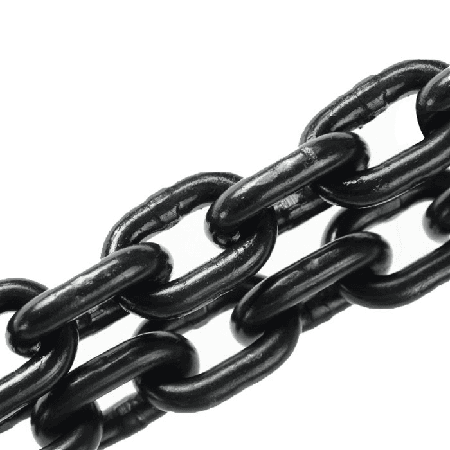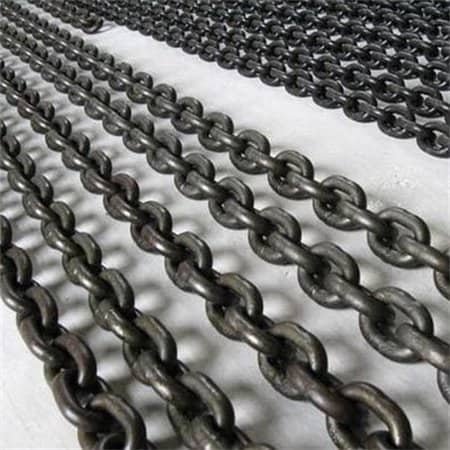G209, G210, G2130, and G2150 Shackles: Key Differences and Features
- G209, G210, G2130, and G2150 Shackles: Key Differences and Features
- G209 Shackle: Classic U-Shape Design, Widely Applicable
- G210 Shackle: D-Shape Design, Ideal for High Load Demands
- G2130 Shackle: Perfect for Dynamic Loads
- G2150 Shackle: Heavy Duty for Extreme Loads
- Comparison of G209, G210, G2130, and G2150 Shackles:
- How to Choose the Right Shackle?
- Conclusion
- Other shackle options
In lifting, transportation, and heavy equipment operations, shackles play a critical role. As essential components for connecting lifting gear, wire ropes, and other tools, choosing the right shackle directly impacts the safety and efficiency of the job. Four commonly used shackle models in the market are G209, G210, G2130, and G2150, each with unique designs, load capacities, and applications.
G209 Shackle: Classic U-Shape Design, Widely Applicable
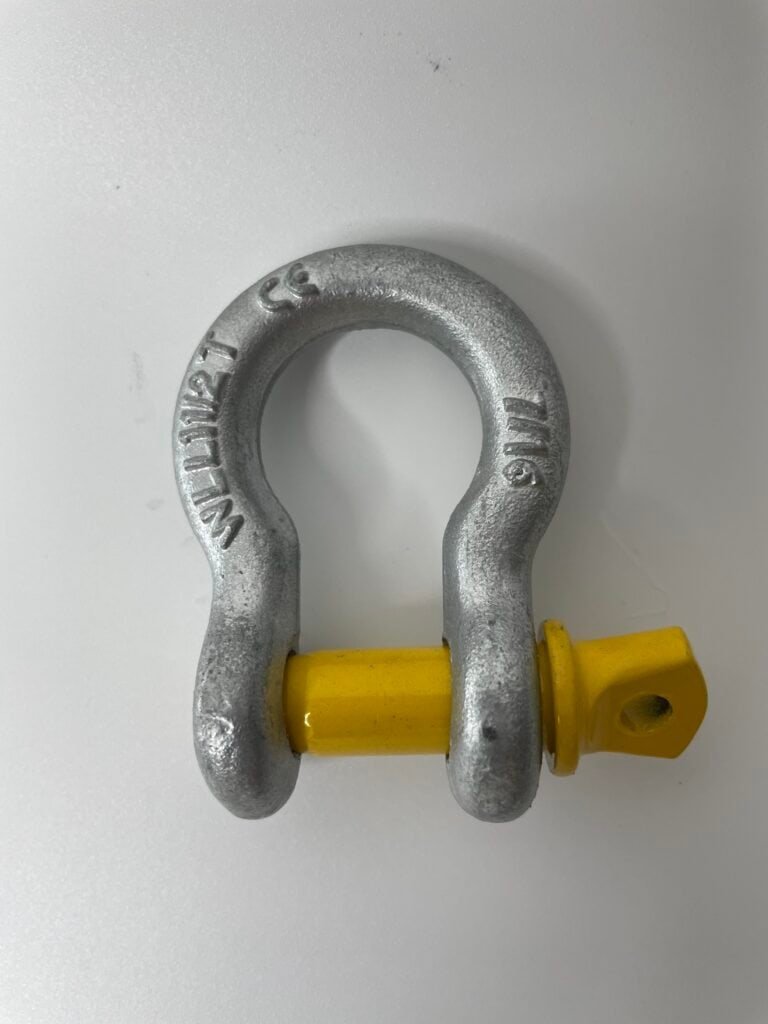
The G209 shackle is one of the most popular models on the market, known for its broad U-shape design and high load capacity. It is particularly suitable for medium to heavy lifting tasks and performs exceptionally well in harsh working environments.
Features:
- Design: A U-shape design provides a larger connection space, suitable for a variety of lifting accessories.
- Load Capacity: Available in a wide range of load capacities, typically used for medium to heavy lifting tasks.
- Material & Surface Treatment: Made of alloy steel and typically treated with hot-dip galvanization for excellent corrosion resistance.
G210 Shackle: D-Shape Design, Ideal for High Load Demands
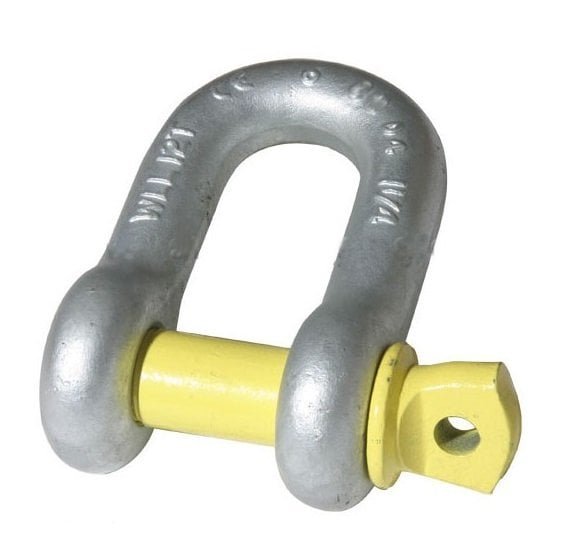
In comparison to the G209, the G210 shackle features a more compact D-shape design. Its sturdy construction allows it to support higher load capacities, making it an ideal choice for lifting operations that require more strength.
Features:
- Design: Compact D-shape design, perfect for applications with limited space.
- Load Capacity: Offers higher load capacities and is suitable for high-load lifting tasks.
- Material & Surface Treatment: Made from alloy steel with either hot-dip galvanization or a coating for enhanced corrosion resistance.
- Applications: Suitable for high-strength lifting operations, such as bridge construction, tower cranes, etc.
G2130 Shackle: Perfect for Dynamic Loads

The G2130 shackle is designed to accommodate lifting tasks that require the shackle to rotate or adjust direction, helping to prevent rope tangling. Its rotating design makes it highly suitable for lifting operations involving dynamic loads.
Features:
- Design: The common U-shaped design, with a circular curved part and a hook design, makes it easy to hang the chain or sling.
- Load Capacity: Suitable for medium to high-strength lifting tasks, especially those involving dynamic loads.
- Material & Surface Treatment: High-strength alloy steel with wear-resistant coatings for durability.
- Applications: Ideal for shipbuilding, offshore platforms, and other lifting tasks that require frequent direction changes.
G2150 Shackle: Heavy Duty for Extreme Loads
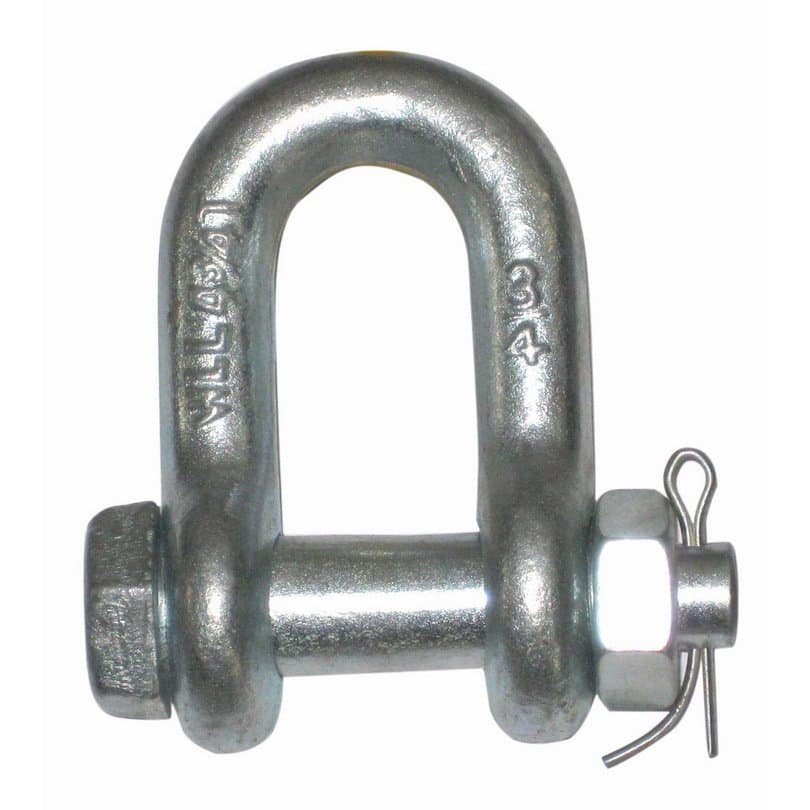
The G2150 shackle is designed for extremely heavy-duty lifting operations. It boasts a high load capacity and is perfect for tasks in industries like oil, mining, and construction that require shackles capable of handling massive loads.
Features:
- Design: Reinforced D-shape design built to withstand extreme load conditions.
- Load Capacity: Extremely high working load limit (WLL), suitable for ultra-heavy lifting tasks.
- Material & Surface Treatment: Constructed from high-strength alloy steel, often with special surface treatments to increase corrosion resistance.
- Applications: Commonly used in mining, offshore platforms, large construction sites, and other heavy-duty lifting tasks.
Comparison of G209, G210, G2130, and G2150 Shackles:
| Model | Design Type | Load Capacity | Material & Surface Treatment | Applications |
|---|---|---|---|---|
| G209 | Bow-Shape | Medium to Heavy | Alloy steel, hot-dip galvanized | Construction, Transport, Mining |
| G210 | D-Shape | High Load | Alloy steel, galvanized or coated | High-load lifting tasks |
| G2130 | Bow-Shape | Medium to High | High-strength alloy steel, wear-resistant coating | Dynamic lifting tasks |
| G2150 | Reinforced D-Shape | Ultra Heavy | High-strength alloy steel, special treatments | Mining, Oil platforms |
How to Choose the Right Shackle?
When selecting a shackle, consider the following factors:
- Load Requirements: Choose the appropriate shackle model based on the load demands of your task.
- Working Environment: For highly corrosive environments or long-term outdoor exposure, select models with corrosion-resistant treatments, such as hot-dip galvanization or stainless steel.
- Space Constraints: If working in tight spaces, the compact design of the G210 shackle may be more suitable.
- Dynamic Loads: If the operation involves rotation or movement, the swivel design of the G2130 shackle can help prevent rope tangling and improve flexibility.
Conclusion
Understanding the differences between G209, G210, G2130, and G2150 shackles and their unique features and application scenarios will help you choose the right shackle for your lifting operations. Each model offers specific advantages, making them ideal for different tasks. Selecting the correct shackle ensures the safety and efficiency of your lifting operations.
Other shackle options
According to the production method, the shackle standards can be divided into three types: national standard, American standard, and Japanese standard. Such as US-type shackle, European-type large bow shackle, European-type Large Dee Shackle, JIS Type D Shackle, Commercial shackles, BS3032 Large Bow Shackle, BS3032 Large Dee Shackle, DIN82101 Dee Shackle

